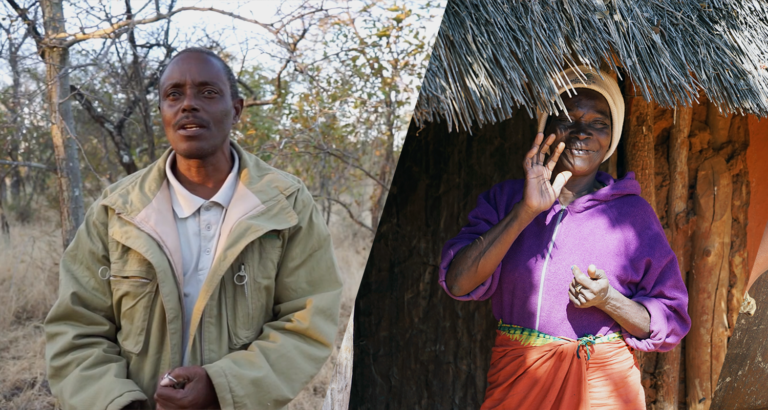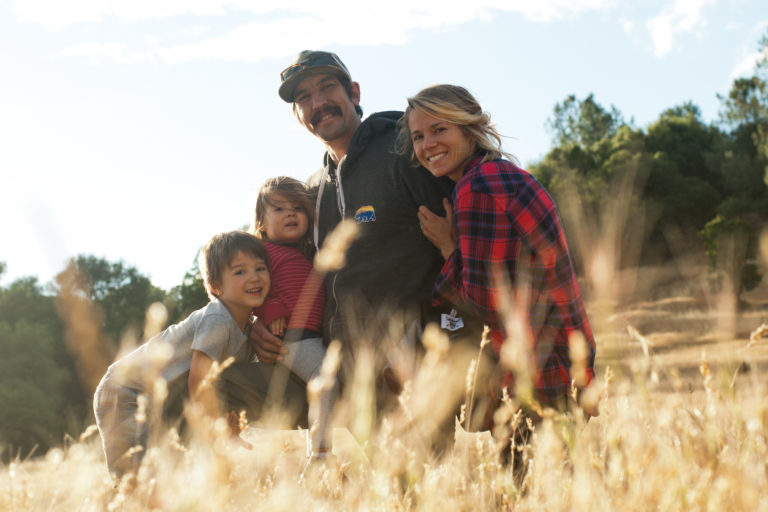Global desertification and climate change present a greater danger than all wars ever
fought and the theme of this conference is “Time for Solutions” – and indeed it is time.
For centuries we have believed that desertification is caused by livestock overgrazing, and our remedy has been to decrease livestock, or remove them altogether.
Because this belief is so entrenched and ancient we have never looked any deeper. What we have done repeatedly is to address the symptoms of desertification — let us remind ourselves. The symptoms of desertification are: increasing severity and frequency of droughts and floods, which in turn lead to many of the symptoms the latest Sustainable Development Goals address: hunger, poverty, social breakdown, mass emigration to cities and across borders (changing the political face of Europe as it is doing), violence, and war. Desertification also leads to climate change because increasingly dry and lifeless soil no longer store carbon – but releases it instead.
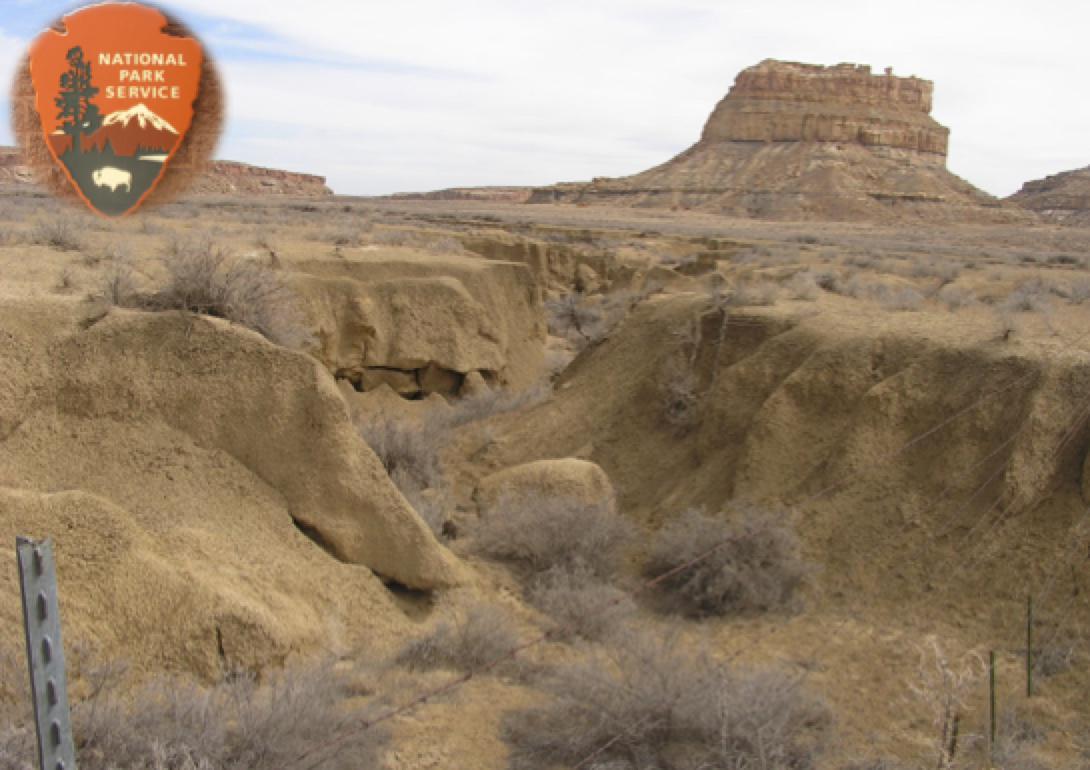
One picture makes my point. This land in the United States has had all livestock removed for nearly 100 years. But, as you see, the desertification is as serious as any in the world.
So how can livestock have caused this?
Our belief, which assumed scientific validity despite no evidence, is tragic because ONLY livestock properly managed can reverse desertification and regenerate the world’s agricultural soils on the scale required to seriously address climate change.
Let me explain why only livestock, and no other tool available to humans, can do what is needed.
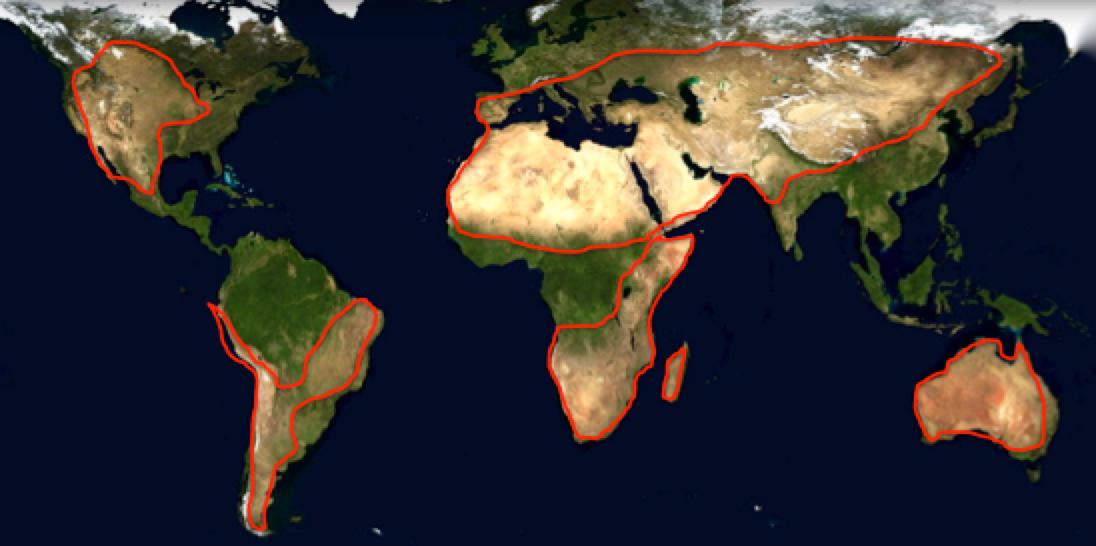
The smaller greener areas you see are humid through most of the year and are not turning to desert. The browner regions are where desertification is occurring and where the rainfall is seasonal – with humid then dry, or dormant, periods – about two thirds of the world’s land area. These are regions where grass plants provide the main soil cover. While many of these regions are arid, some receive over 1,000 mm of rain.
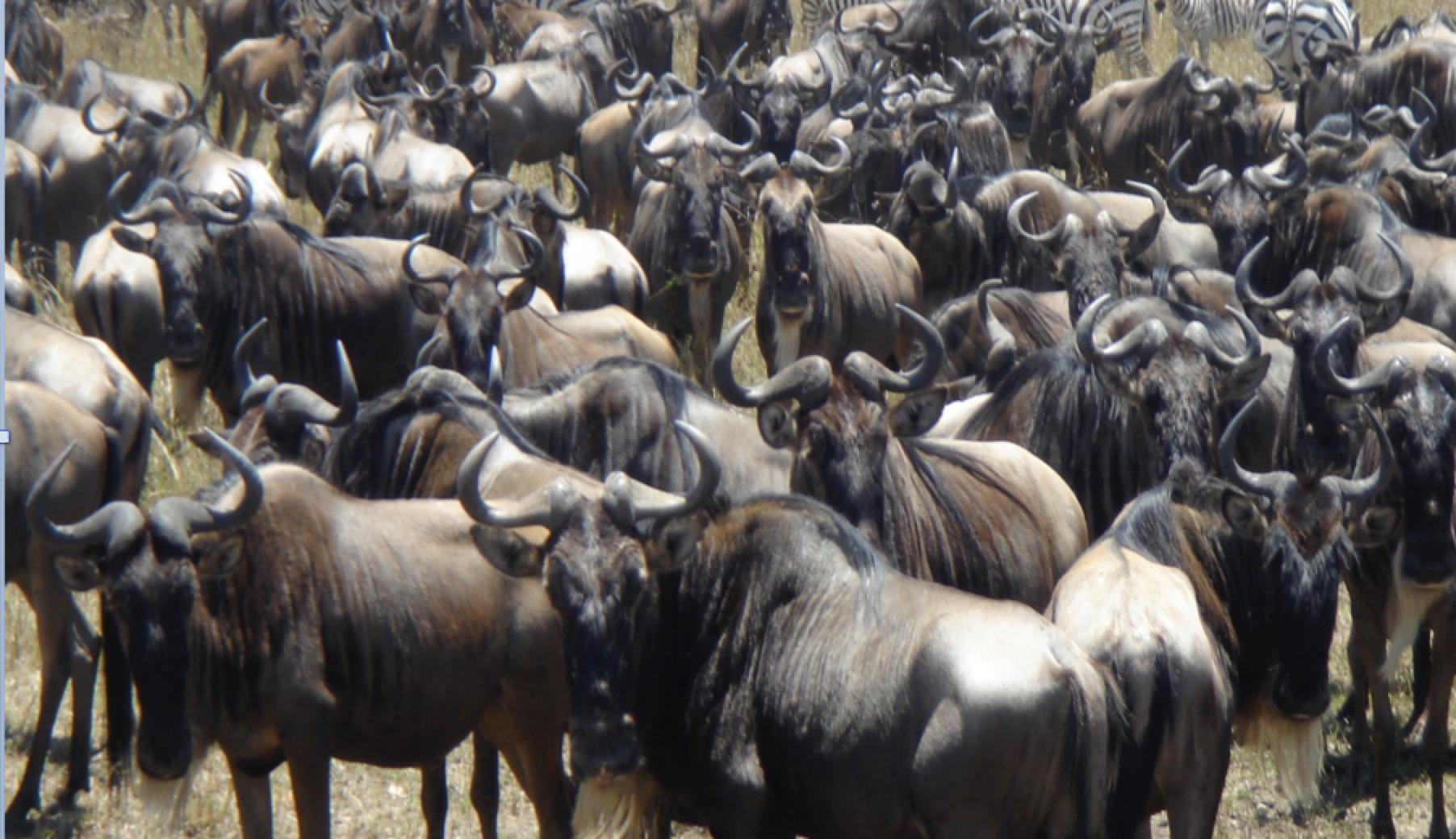
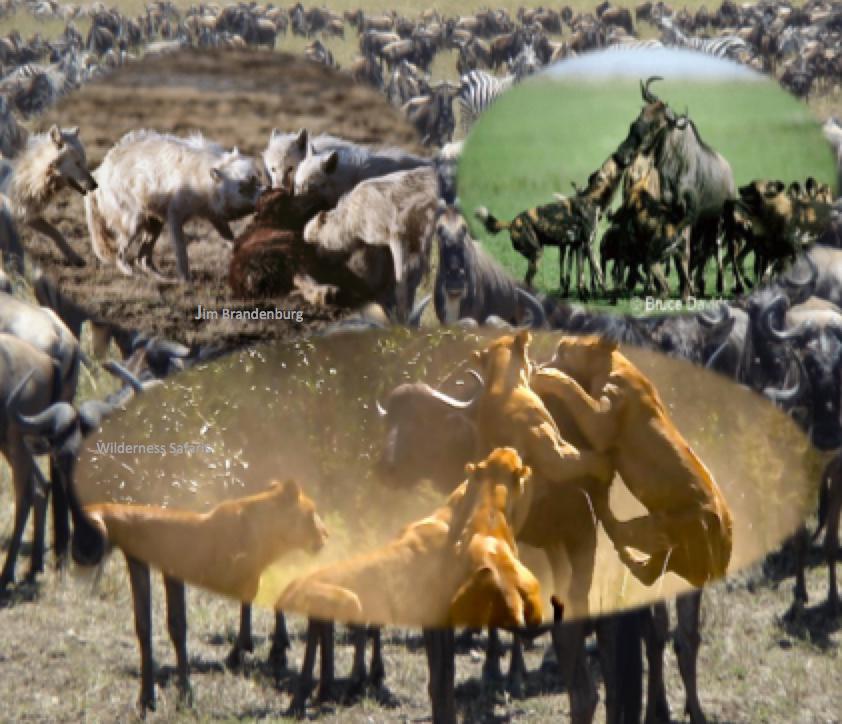
In all regions, soil, soil life, plants and animals evolved together – BUT in the browner regions this included unimaginable numbers of large grazing animals and their pack-hunting predators. That was before humans exterminated most and replaced them with fewer domestic animals.
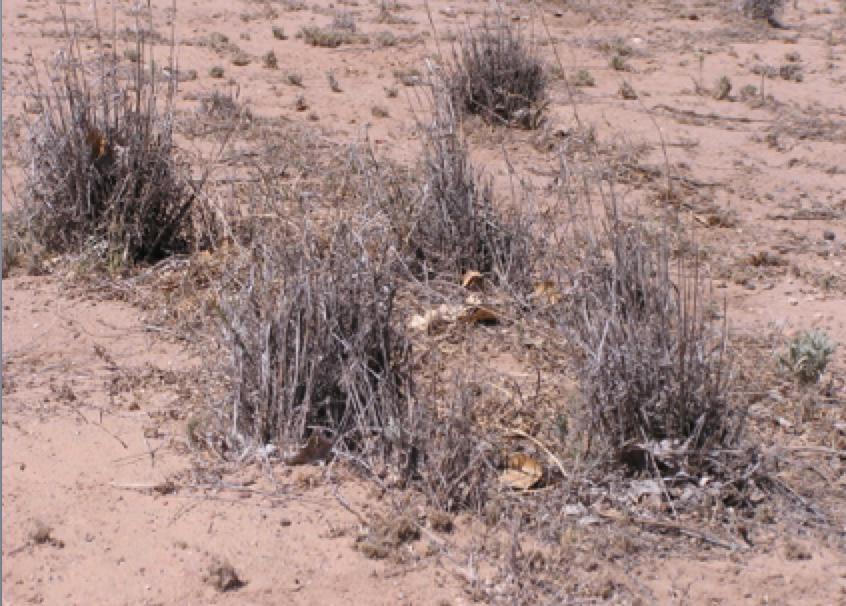
In such environments, when there are not enough ruminants to biologically cycle each year’s dying grass leaves and stems during the dormant, time through their moist rumen, or by trampling plant material to the soil surface – then gradual oxidation replaces rapid biological decay.
Oxidizing plants die prematurely and the grassland shifts to largely woody plants and bare ground that sheds water and dries out.
Now perhaps you can understand why the land with no grazing animals I showed earlier turned to desert – undermining centuries of belief, and scientific certainty, that livestock are the cause.
What measures have past civilizations, and modern scientists, used to address desertification?
We have tried everything known to mankind and science for centuries.
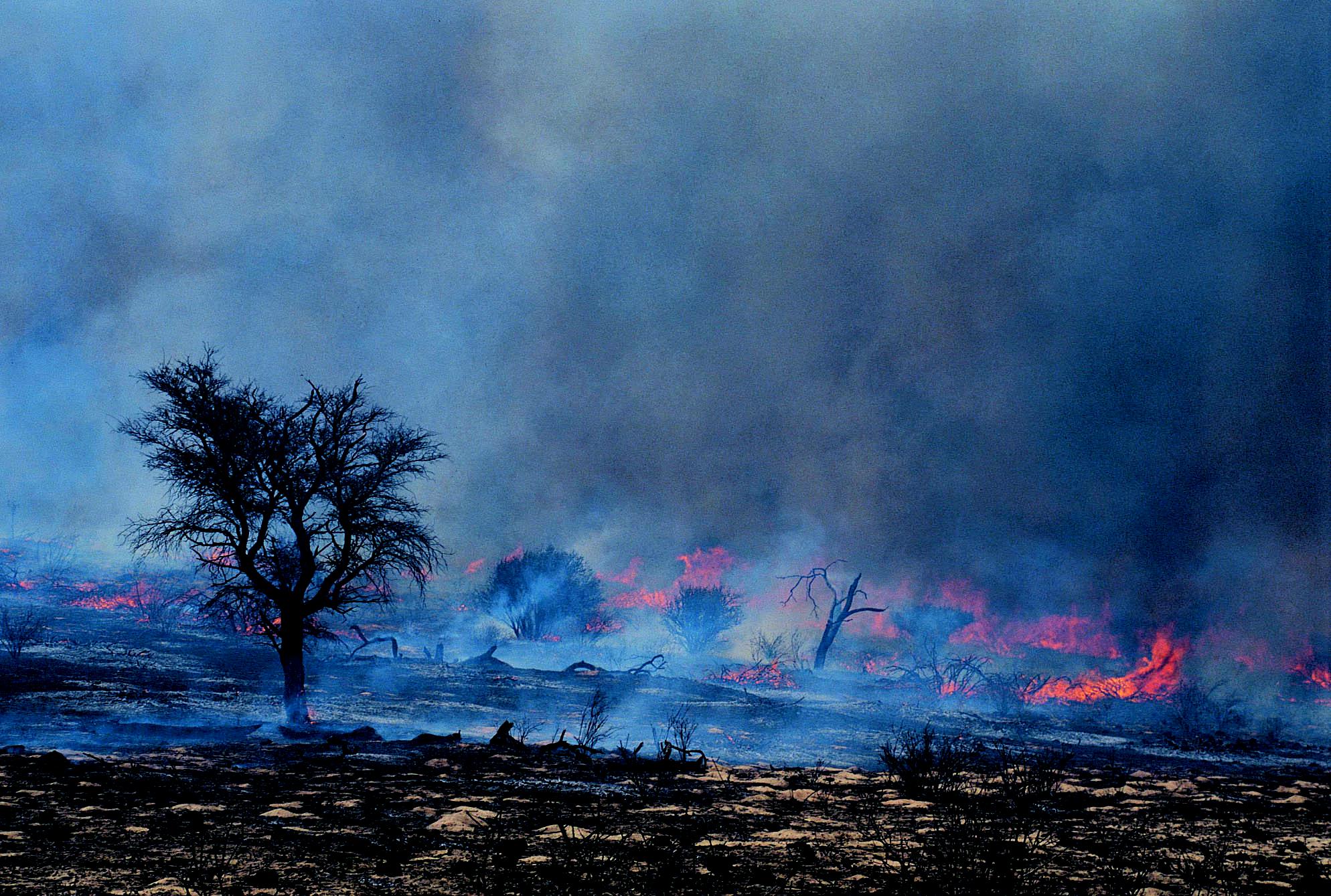
We have used fire to maintain grasslands, but that is rapid oxidation leading to desertification and climate change.
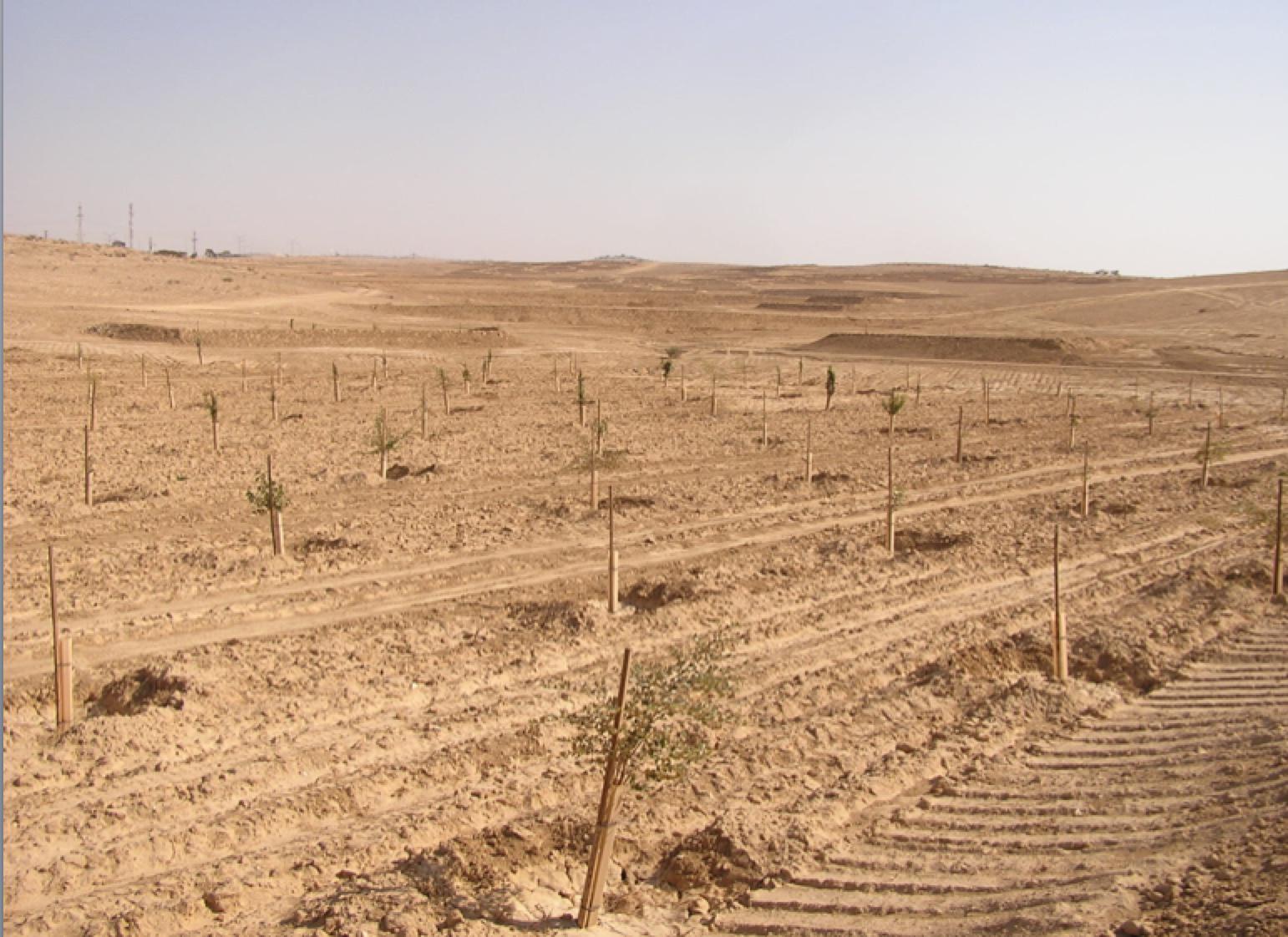
Israel – We have used technology to build contours and swales and to plant trees – as we see in Israel at a cost of Euros 10,000 per hectare – all while reducing livestock and destroying the lives of pastoral cultures.
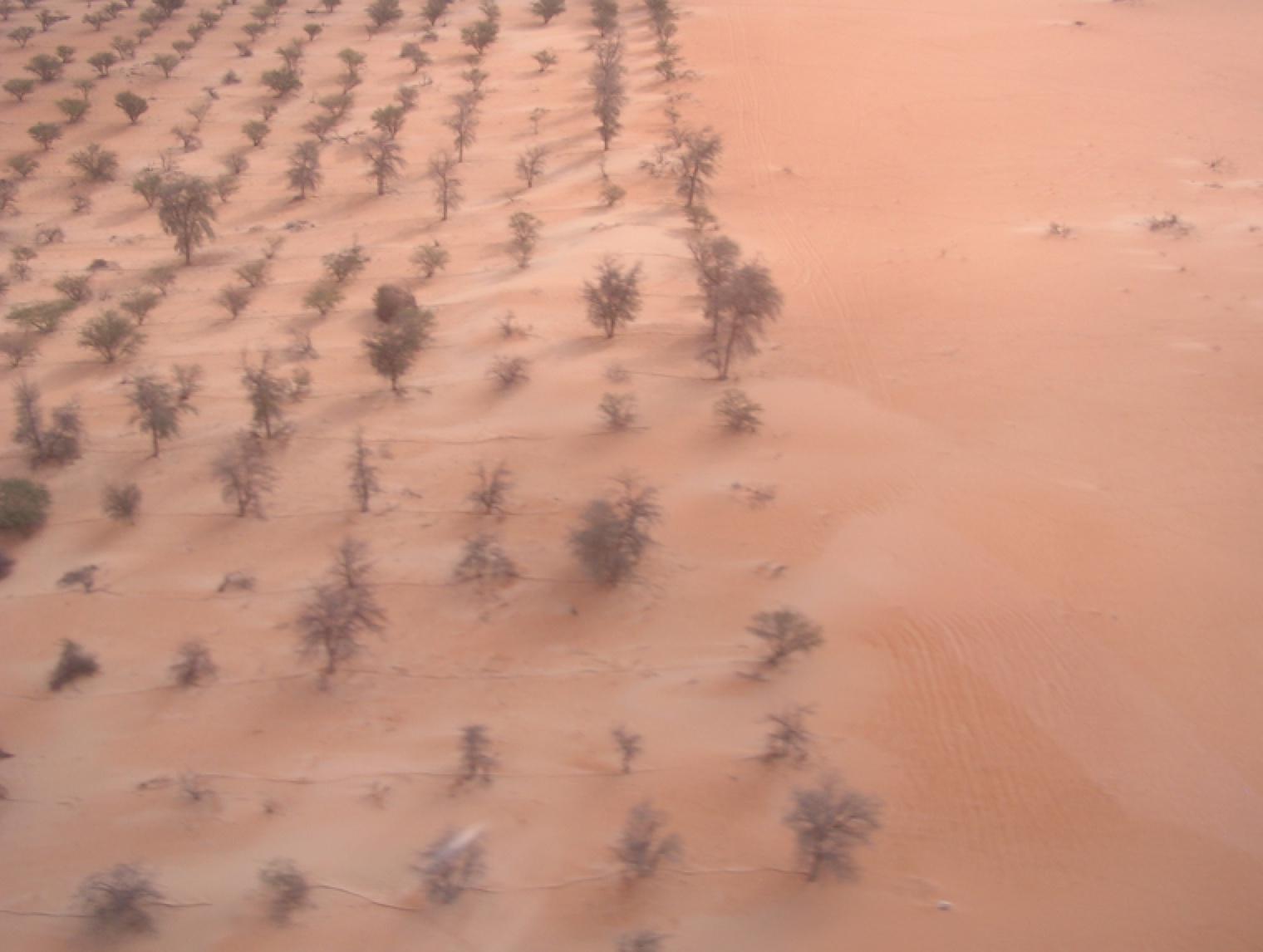
UAE – In the UAE they have spent over $30 Billion irrigating and planting trees but the desert marches on.
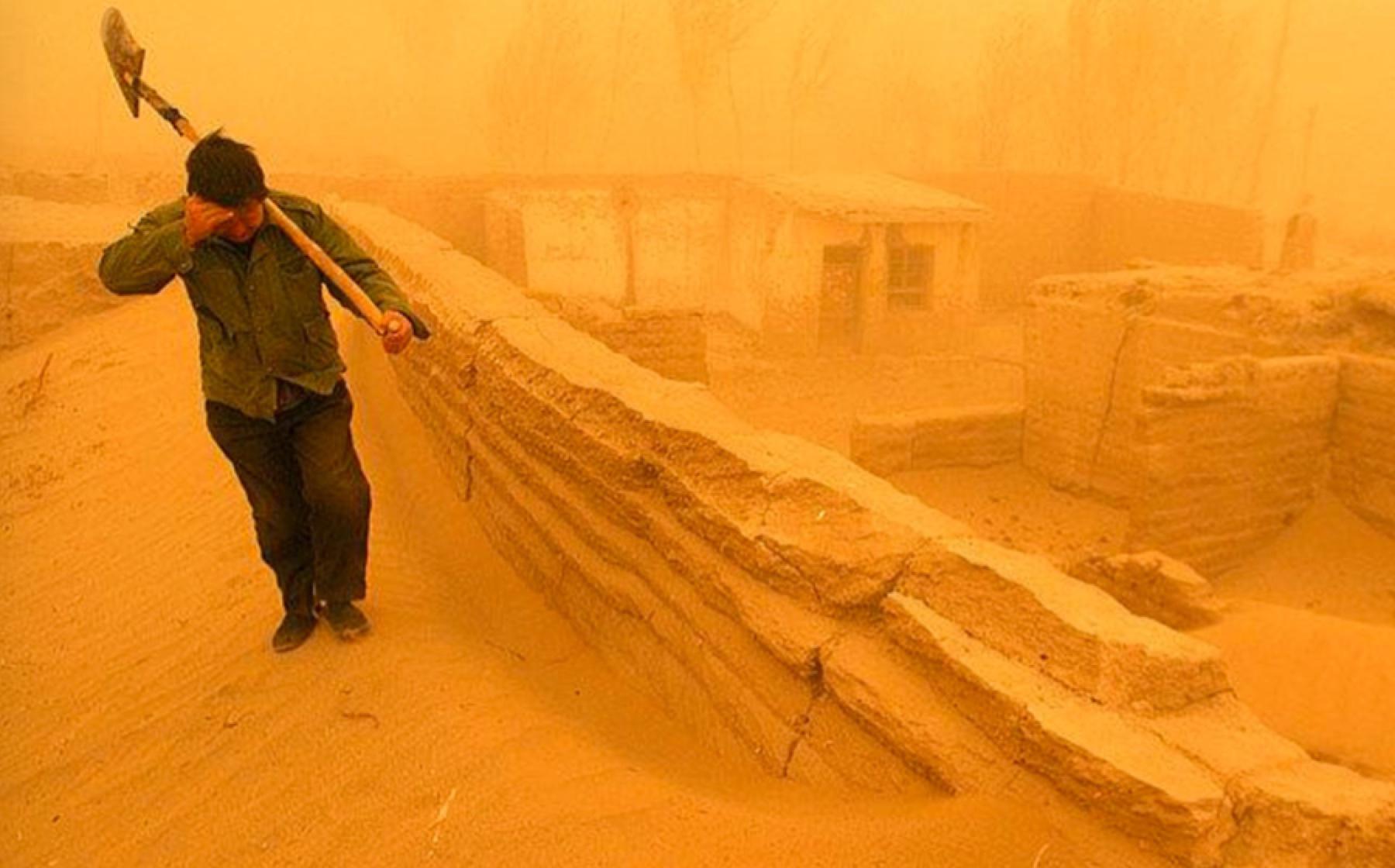
China – China has planted many millions of trees, and destroying pastoral cultures, but now thousands of tons of sand fall on Beijing on some days.
And we have done the only other thing known to science, which is to rest the land from human influence – or leave it to nature – called conservation or preservation.
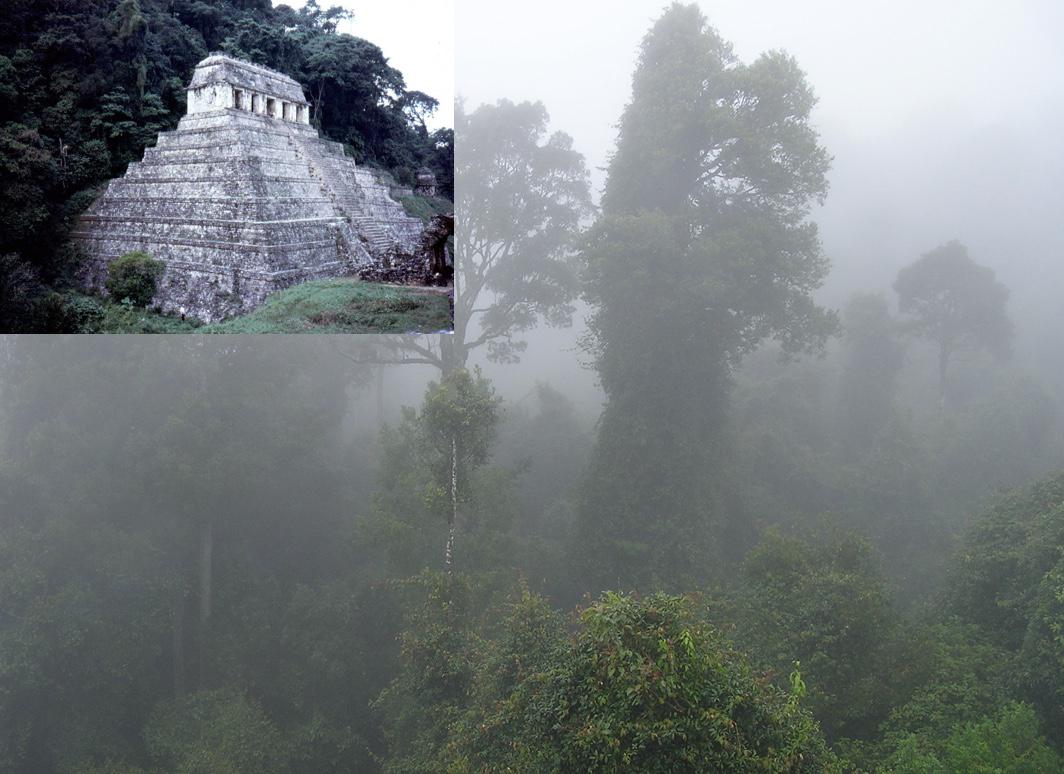
This is very successful at restoring the environment where it is humid most of the year as we see with biodiversity recovered when past civilizations were abandoned and the land rested.
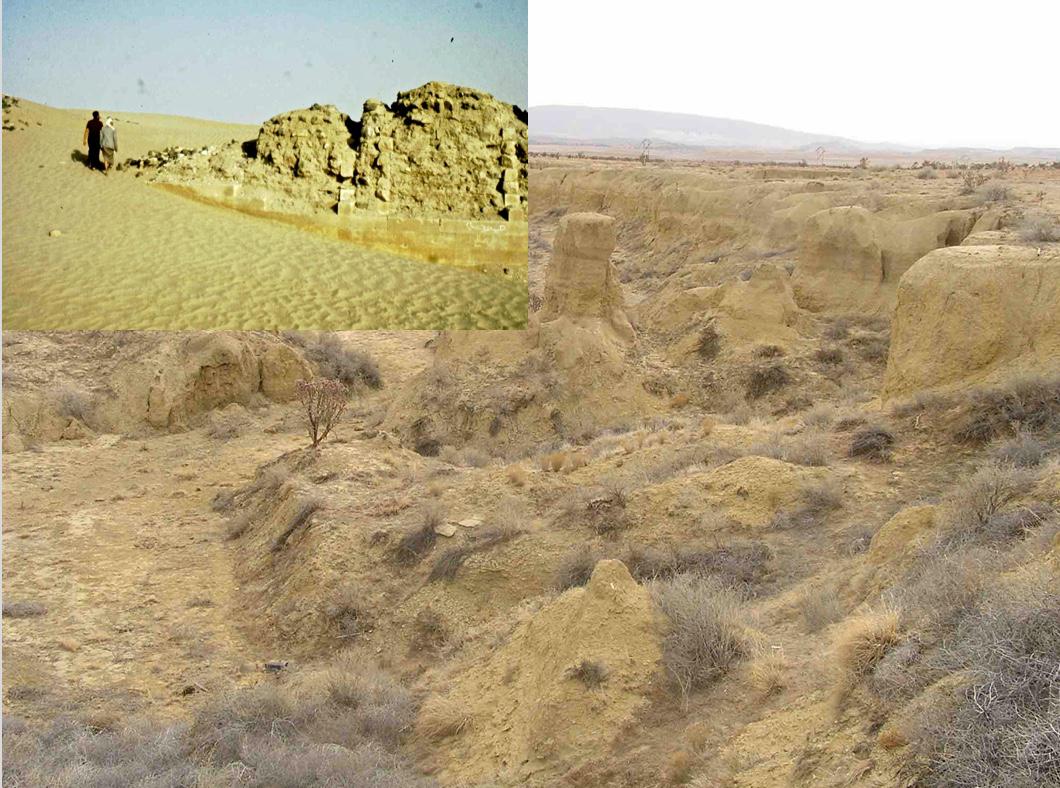
But, as we see, where we abandoned past civilizations in seasonally dry regions we find the ruins under desert sands that are still expanding.
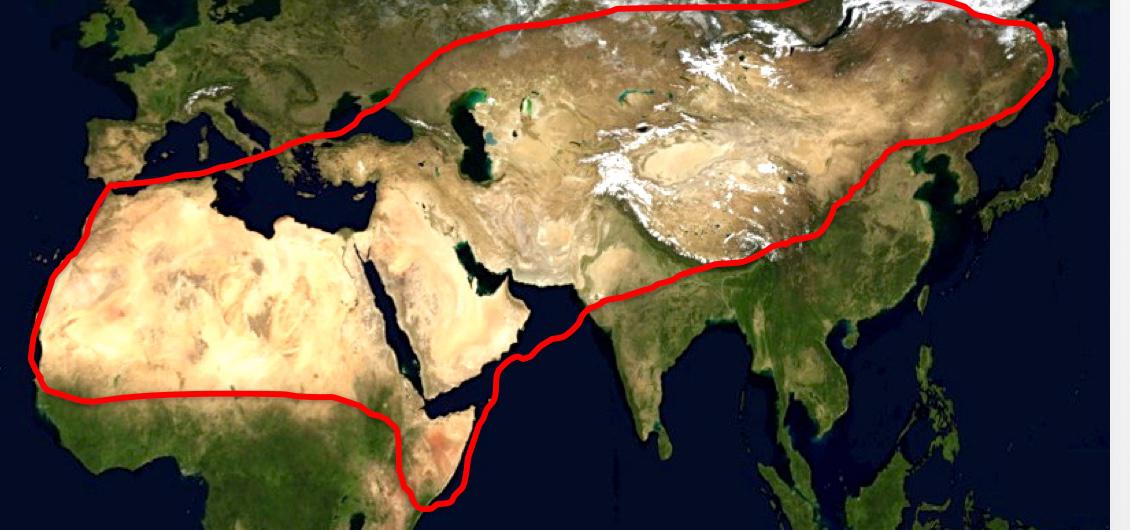
And I hardly need state that none of these measures is capable of feeding people over most of the world’s land area, including the vast problematic region across North Africa and up into China — where 95% of the land is desertifying and can only sustain people from livestock.
Genuine and permanent solution, I hope you can see, depends entirely on our ability to accept that we have no option – world-wide – but to change our attitude to domestic ruminants as livestock are. Desertification is a biological problem, incapable of any other than a biological solution.
How can livestock reverse desertification and heal agricultural soils?
When I first realized in the 1960s that the ways pastoralists, or ranchers, have managed livestock in seasonally dry regions nearly always led to desertification, it was clear that we needed an entirely new approach.
By the late 1960s we had developed a highly successful planning process that used livestock to mimic the wild herds of old. However, results were still erratic and consistent guaranteed results were needed. The fault was mine. I had omitted the social, cultural and economic aspects every manager faces and nothing short of considering every factor together could succeed.
Consistent success was finally achieved in 1984.
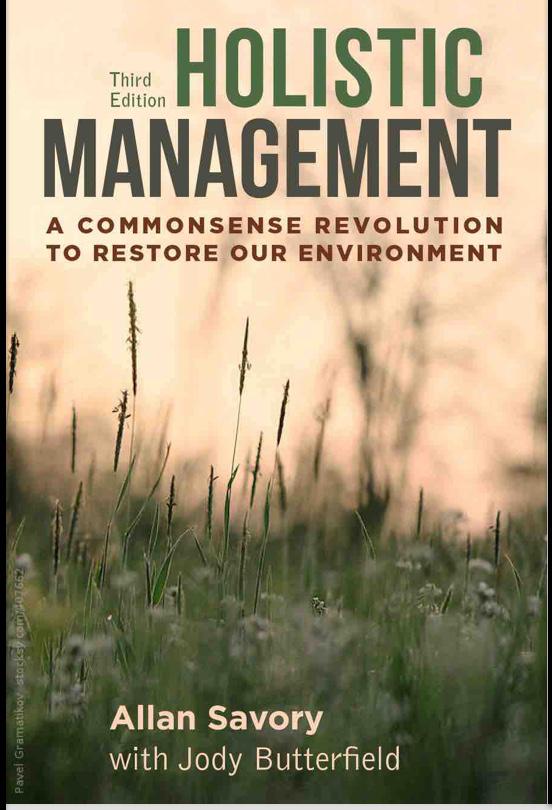
This new approach is laid out in the 3rd edition of Holistic Management: A Commonsense Revolution to Restore Our Environment.
In this I describe how by 1984 — helped by hundreds of farmers, ranchers and fellow scientists acting outside their institutions — we were beginning to get consistent results on the land, and also economically and socially, by practicing what we have come to call Holistic Management.
Management always involves a web of social, cultural, economic and environmental complexity that cannot be ignored. But we do.
Holistic Management takes this complex web of factors into account by using a single holistic context to guide our management actions. A context for management that describes people’s desired quality of life and the environment and behaviors that will support it. Conventional management, on the other hand, reduces the web of complexity to a number of simple contexts for management — such as to meet a need or desire, or address a problem. Such reductionist management commonly leads to disappointment and unintended consequences. So common is this that economists refer to the Law of Unintended Consequences.
When managing holistically we still have to meet needs, desires and address problems as always, but all proposed management actions are subjected to seven simple checks. These ensure that our actions are socially, economically and environmentally sound and aligned with the holistic context.
Not being prescriptive, Holistic Management cannot be subjected to experimental protocol, but the results can be measured and documented – and have been for many years.
Let me show you some results from around the world.
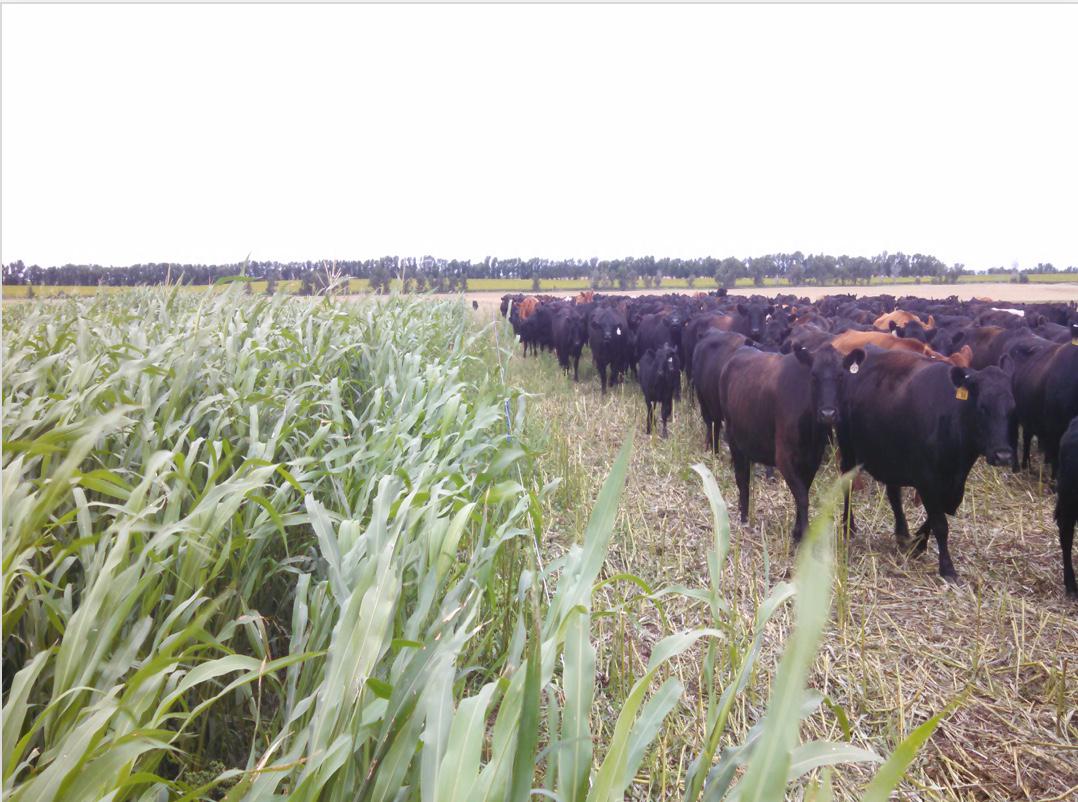
Gabe Brown is an American farmer integrating livestock with his crops in a 400 mm rainfall area. He is building soil dramatically at low cost – while exceeding the best of crop yields of his neighbors.
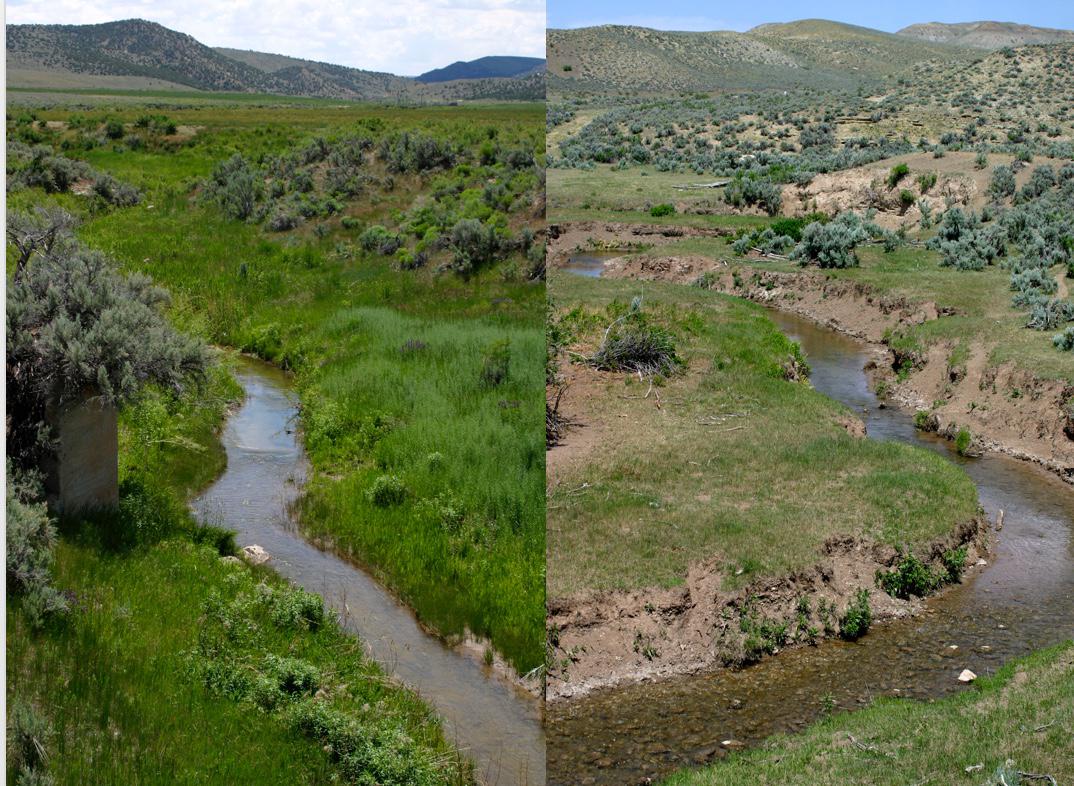
Bridge – two pictures – looking upstream and downstream from a bridge – one side practicing Holistic Management.
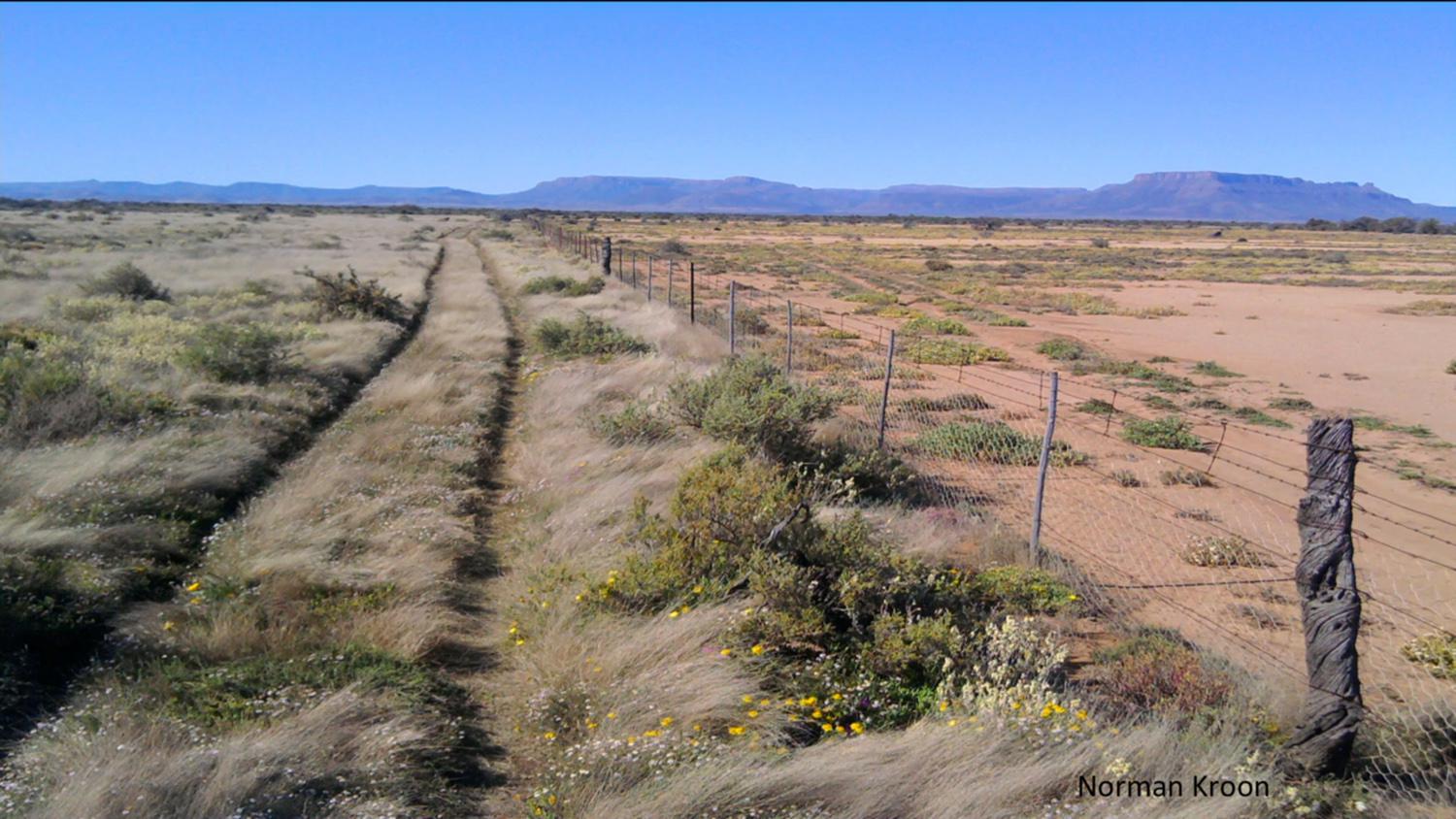
In the Karoo desert we see grassland returning where livestock have been increased using Holistic Management.
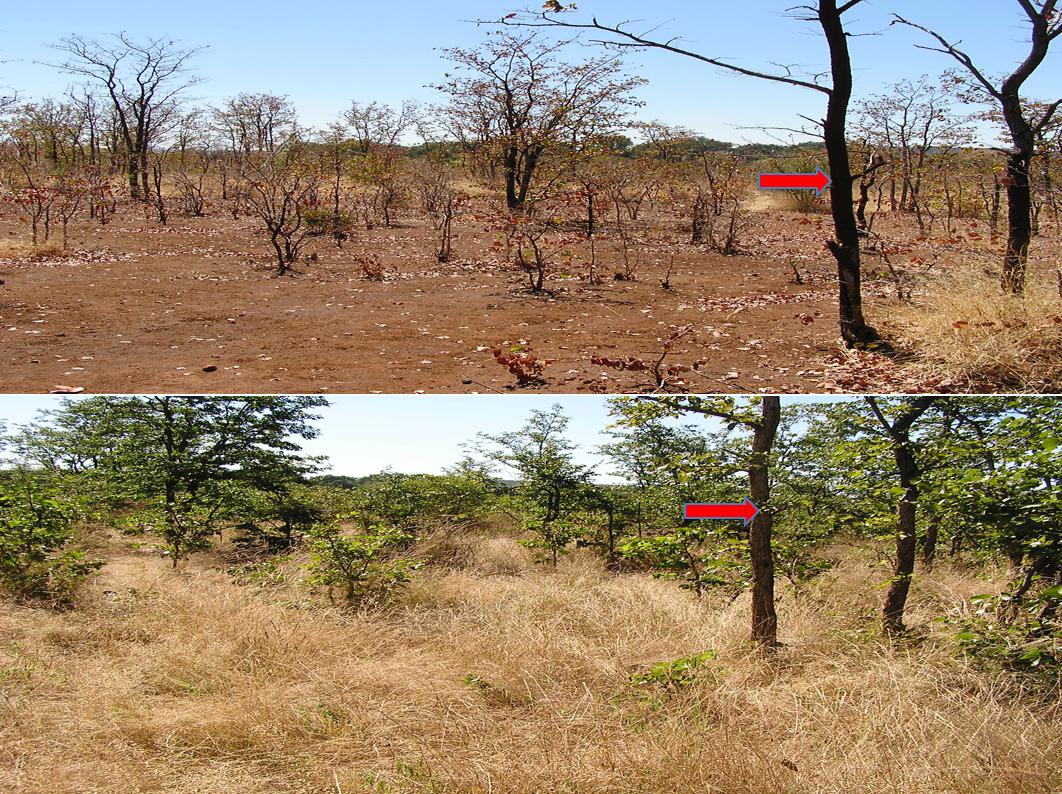
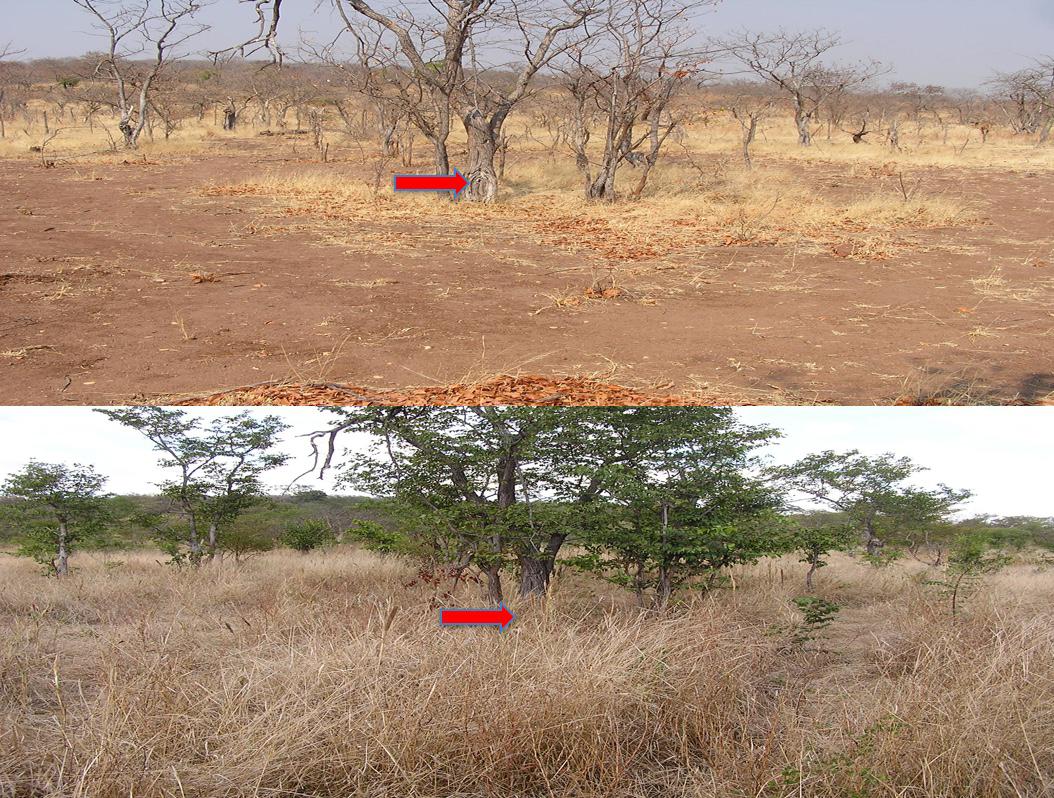
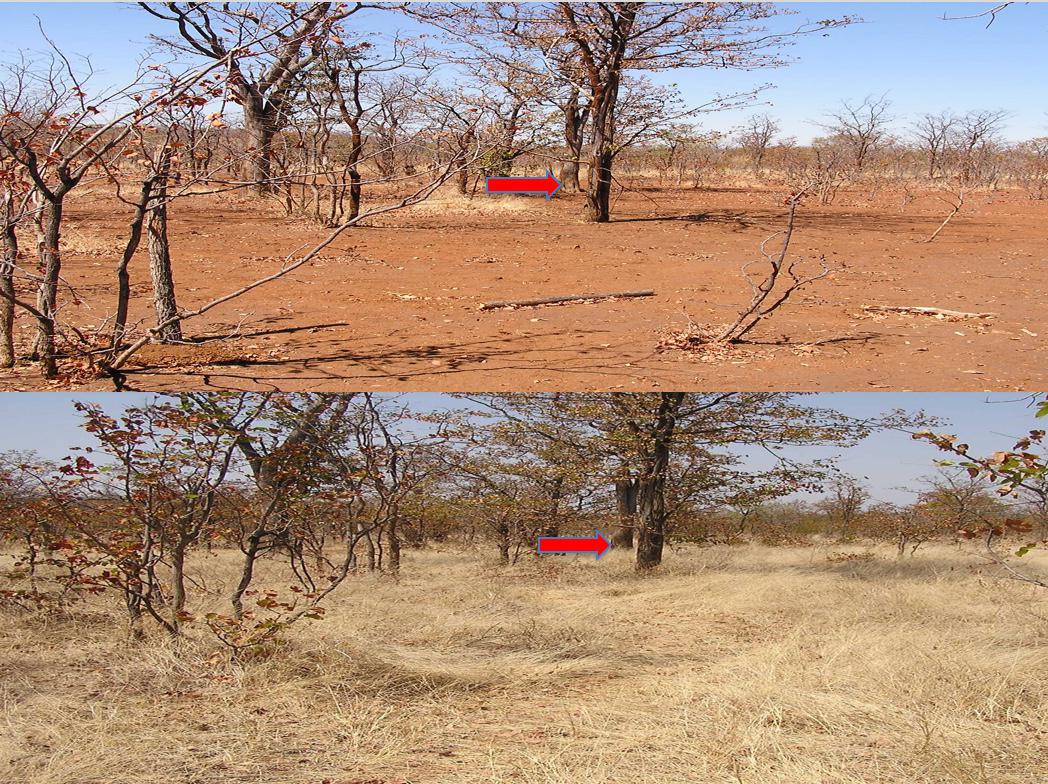
Dimbangombe Ranch – Africa Centre for Holistic Management Zimbabwe — before and after pictures of the same site – all bare and eroding regardless of rainfall over many years, and all improving using increased numbers of cattle, sheep and goats with Holistic Management.
On this property alone over 600 sites have been subjected to extremely high animal impact to kick start recovery—every site has begun recovering with not one remaining the same or deteriorating. In my long life never have I seen or heard of such hope for the future.
Let me Conclude:
I believe I have offered you a way to begin solving our most pressing problems – by managing holistically and by using livestock to heal the land while feeding people. This is a way to achieve the Sustainable Development Goals, which – if the management does not change – I believe, will not fare any better than past efforts to unite around such large and important initiatives.
Seeking solutions, as is the aim of this conference, I trust you will follow up on what I have been able to share in such a short talk.
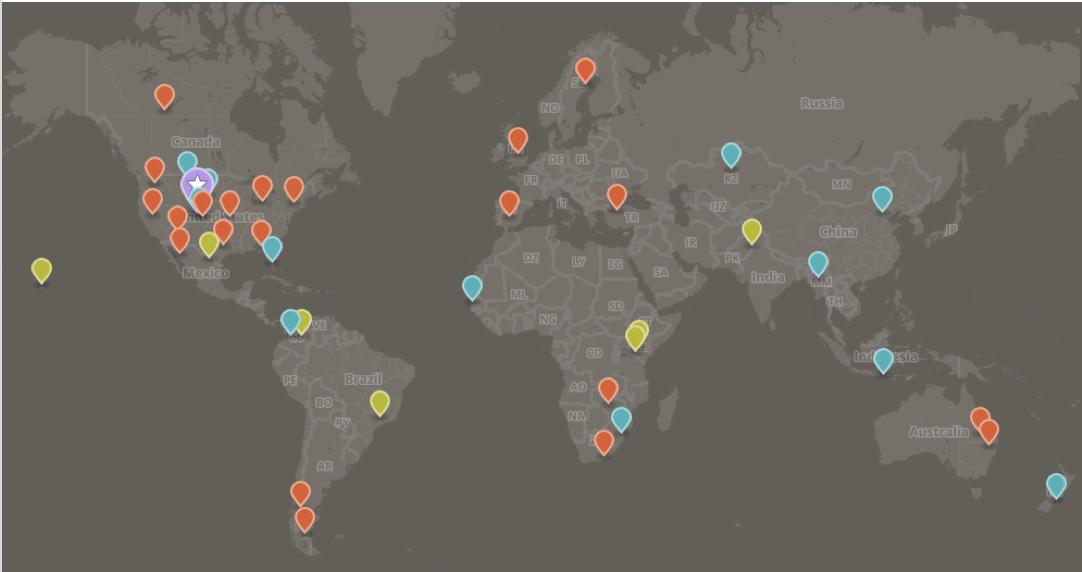
In the meantime to help speed the process of change, the Savory Institute of which I am a co-founder, plans to influence a billion hectares of land through a global network of locally-led Holistic Management hubs that provide demonstration sites and training for people in their own language and culture. Some are led by entrepreneurs, some by farmers or NGOs, and we even have the first university-led hub (Michigan State). We currently have about 30 of them, including four hubs in Europe – Sweden, Spain, Turkey and the UK. Some of the leaders of which are in the audience.
No person, or organization, is to blame for centuries of failures due to reductionist management and rejection of livestock. We simply did not know how reductionist even our most sophisticated management was. Now we do know, and we know what we must do to tackle the cause of desertification rather than its many symptoms. And if we can heed this with the present SDGs, and work together as team humanity, I believe our younger generations do have real hope. I invite you to join us!

